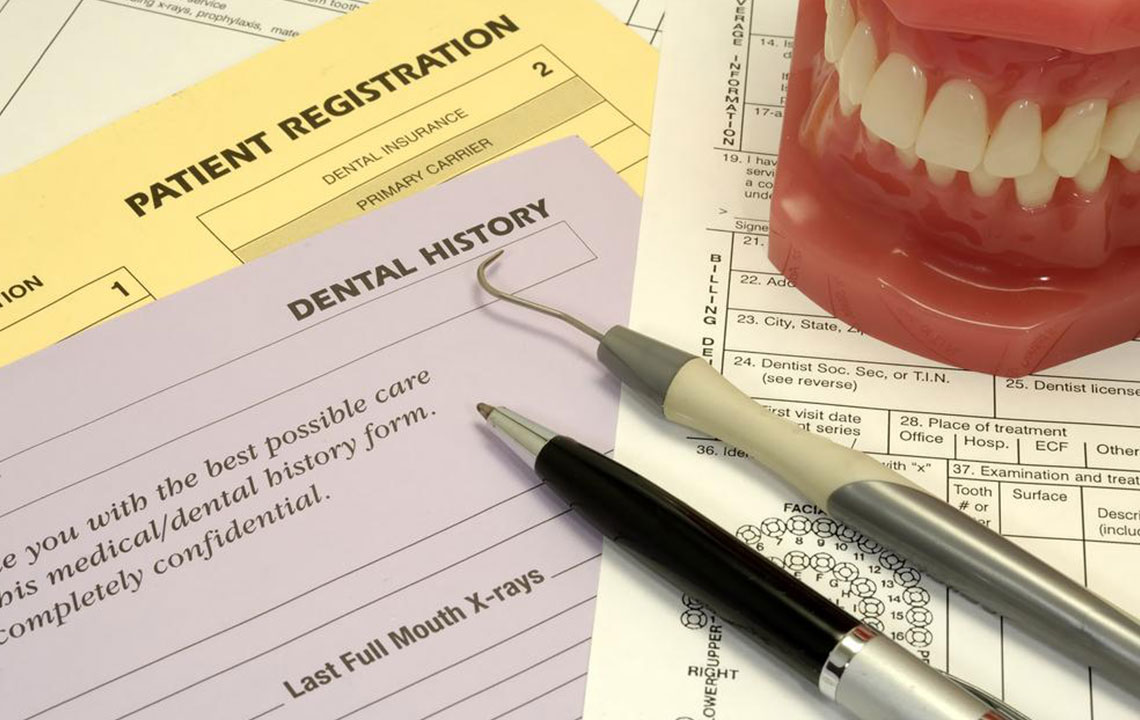Expert Tips on Selecting the Ideal Dental Insurance Plan for Your Family’s Smile
Choosing the right dental insurance plan is crucial for maintaining oral health while managing costs. This guide explores options like DHMO and PPO plans, coverage details, and tips to select the best plan suited to your budget and dental needs. Stay informed to protect your family's smiles with optimal dental coverage.

Expert Tips on Selecting the Ideal Dental Insurance Plan for Your Family’s Smile
Understanding the Importance of Reliable Dental Coverage
Reliable dental insurance isn't just about reducing costs; it’s about ensuring you and your loved ones receive necessary dental treatments promptly. From regular cleanings and fluoride treatments to more advanced procedures like crowns, root canals, or orthodontics, a good plan should cover a broad range of treatments. Investing in a comprehensive plan means fewer skipped appointments due to financial concerns, leading to better oral health outcomes. Moreover, well-chosen insurance can prevent costly emergency interventions and help you establish a consistent dental care routine that maintains your family's oral health in the long run.
How to Determine Which Plan Fits Your Budget and Needs
When selecting dental insurance, your monthly budget is the first and most crucial factor. It’s essential to balance affordability with the scope of coverage you need. Here’s a detailed look at the key elements to consider:
Identifying the Types of Dental Insurance Plans Available
Understanding Coverage and Limitations
Evaluating Annual Limits and Deductibles
Choosing the Right Provider Network
There are primarily two main types of dental insurance plans: DHMO (Dental Health Maintenance Organization) and PPO (Preferred Provider Organization). Each offers unique advantages depending on your budget, flexibility needs, and preferred providers.
DHMO vs. PPO: Choosing Based on Your Preferences
DHMO plans typically require you to select a primary dentist from a network list. These plans are often more affordable, offering lower premiums and minimal paperwork, but they usually require referrals for specialist treatments. PPO plans provide the flexibility to visit any licensed dentist, including out-of-network providers, with the cost differences mostly reflected in co-pays and covered services. If convenience and provider choice are important to you, PPOs might be the better choice despite higher premiums. On the other hand, if your main concern is affordability and you’re comfortable with limited provider options, a DHMO could be suitable.
Coverage for Dental Treatments and Procedures
An essential aspect of choosing the right dental insurance plan is understanding what treatments are covered. Most plans include basic services like preventive care—regular cleanings, exams, and X-rays. Also, they often cover fillings, extractions, and root canals. If your family has specific dental needs, such as orthodontics, implants, or oral surgeries, verify whether these are included in the plan. Some policies may waive or limit coverage for specialized procedures, so detailed review of policy documents is necessary to prevent surprises later.
Annual Coverage Limits and Out-of-Pocket Costs
Insurance plans come with annual maximum benefits—you should inquire about these limits during enrollment. Some plans cap benefits at a certain dollar amount per year, after which you must pay all costs out of pocket. This is vital to consider if your family requires extensive dental work. Higher annual caps often come with higher premiums but provide greater peace of mind. Understanding these limits helps you plan for potential expenses and determine whether a plan meets your long-term needs.
Understanding Deductibles and Premiums
The deductible is the amount paid by you before insurance coverage begins. Plans with lower deductibles typically involve higher monthly premiums, balancing out overall costs. Conversely, higher deductibles reduce monthly payments but increase your initial out-of-pocket expenses for treatments. As a rule, selecting a plan with a reasonable deductible that aligns with your expected usage and budget can save money over time. Always compare premium costs alongside deductibles and coverage caps to make an informed decision.
Additional Tips for Selecting the Best Dental Insurance
When exploring options, consider the following:
Check provider networks to ensure your preferred dentists are in-network.
Review the fine print for coverage exclusions and limitations.
Ensure the plan covers common procedures you anticipate needing.
Compare premiums, deductibles, annual limits, and co-pays across different plans.
Assess customer satisfaction and provider reviews for insurance companies.
By thoroughly evaluating these factors, you can pick a dental insurance plan that offers comprehensive coverage without exceeding your budget. Proper planning and informed choices can significantly reduce your dental care costs and improve your overall oral health.





